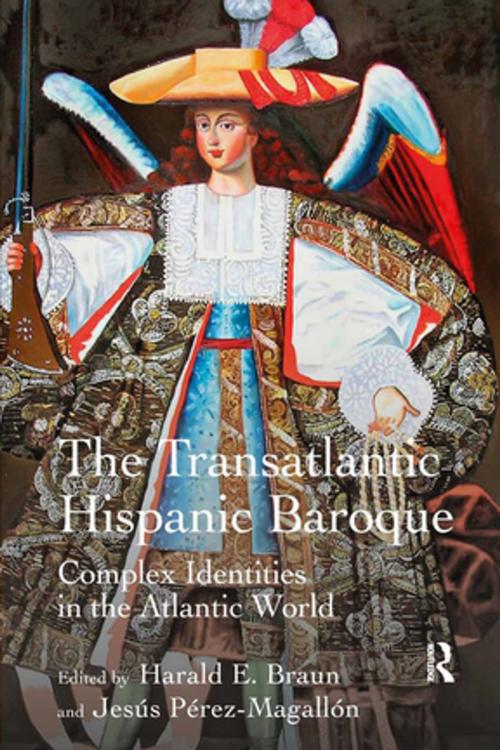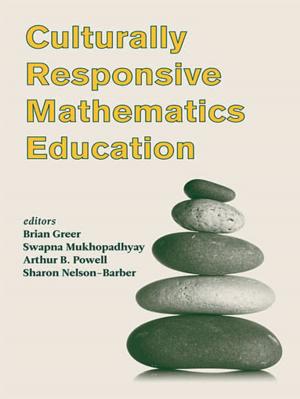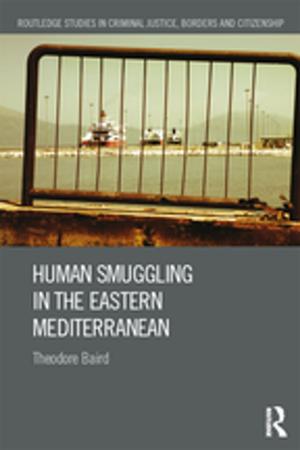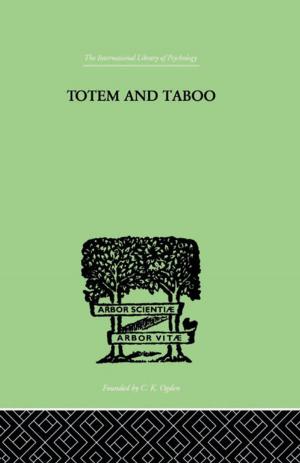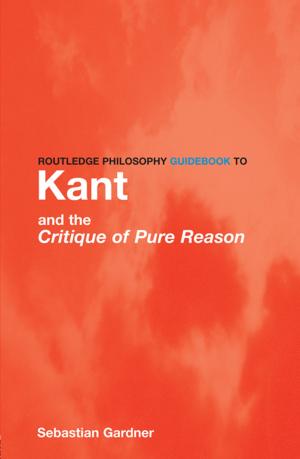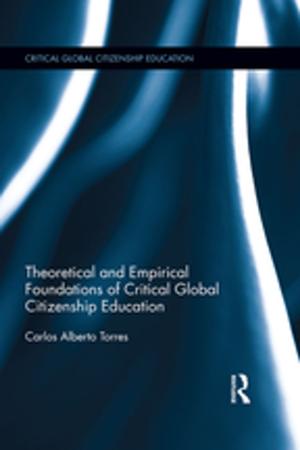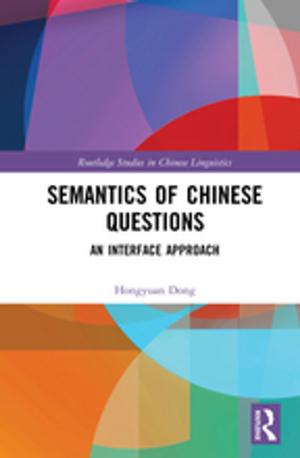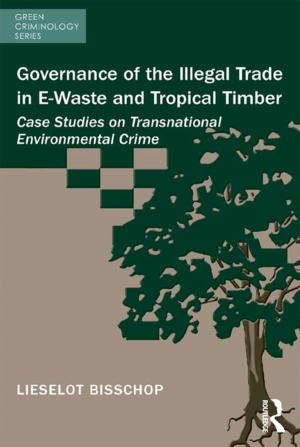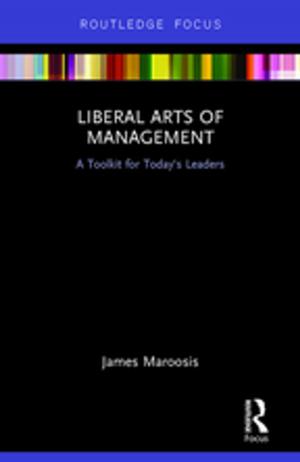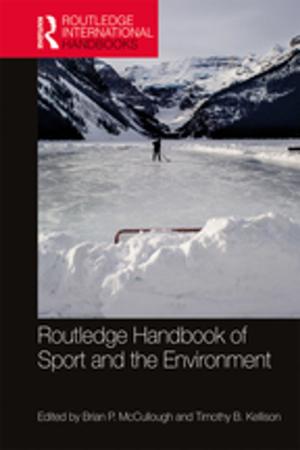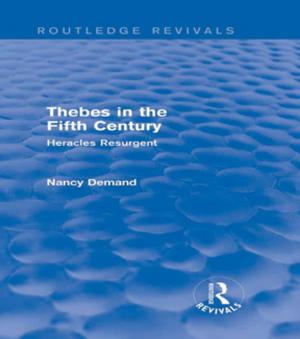The Transatlantic Hispanic Baroque
Complex Identities in the Atlantic World
Nonfiction, Social & Cultural Studies, Social Science, Cultural Studies, Ethnic Studies, History, Middle East| Author: | Harald E. Braun, Jesús Pérez-Magallón | ISBN: | 9781317013686 |
| Publisher: | Taylor and Francis | Publication: | March 3, 2016 |
| Imprint: | Routledge | Language: | English |
| Author: | Harald E. Braun, Jesús Pérez-Magallón |
| ISBN: | 9781317013686 |
| Publisher: | Taylor and Francis |
| Publication: | March 3, 2016 |
| Imprint: | Routledge |
| Language: | English |
Gathering a group of internationally renowned scholars, this volume presents cutting-edge research on the complex processes of identity formation in the transatlantic world of the Hispanic Baroque. Identities in the Hispanic world are deeply intertwined with sociological concepts such as class and estate, with geography and religion (i.e. the mixing of Spanish Catholics with converted Jews, Muslims, Dutch and German Protestants), and with issues related to the ethnic diversity of the world’s first transatlantic empire and its various miscegenations. Contributors to this volume offer the reader diverse vantage points on the challenging problem of how identities in the Hispanic world may be analyzed and interpreted. A number of contributors relate earlier processes and formations to Neo-Baroque and postmodern conceptualisations of identity. Given the strong interest in identity and identity-formation within contemporary cultural studies, the book will be of interest to a broad group of readers from the fields of law, geography, history, anthropology and literature.
Gathering a group of internationally renowned scholars, this volume presents cutting-edge research on the complex processes of identity formation in the transatlantic world of the Hispanic Baroque. Identities in the Hispanic world are deeply intertwined with sociological concepts such as class and estate, with geography and religion (i.e. the mixing of Spanish Catholics with converted Jews, Muslims, Dutch and German Protestants), and with issues related to the ethnic diversity of the world’s first transatlantic empire and its various miscegenations. Contributors to this volume offer the reader diverse vantage points on the challenging problem of how identities in the Hispanic world may be analyzed and interpreted. A number of contributors relate earlier processes and formations to Neo-Baroque and postmodern conceptualisations of identity. Given the strong interest in identity and identity-formation within contemporary cultural studies, the book will be of interest to a broad group of readers from the fields of law, geography, history, anthropology and literature.
